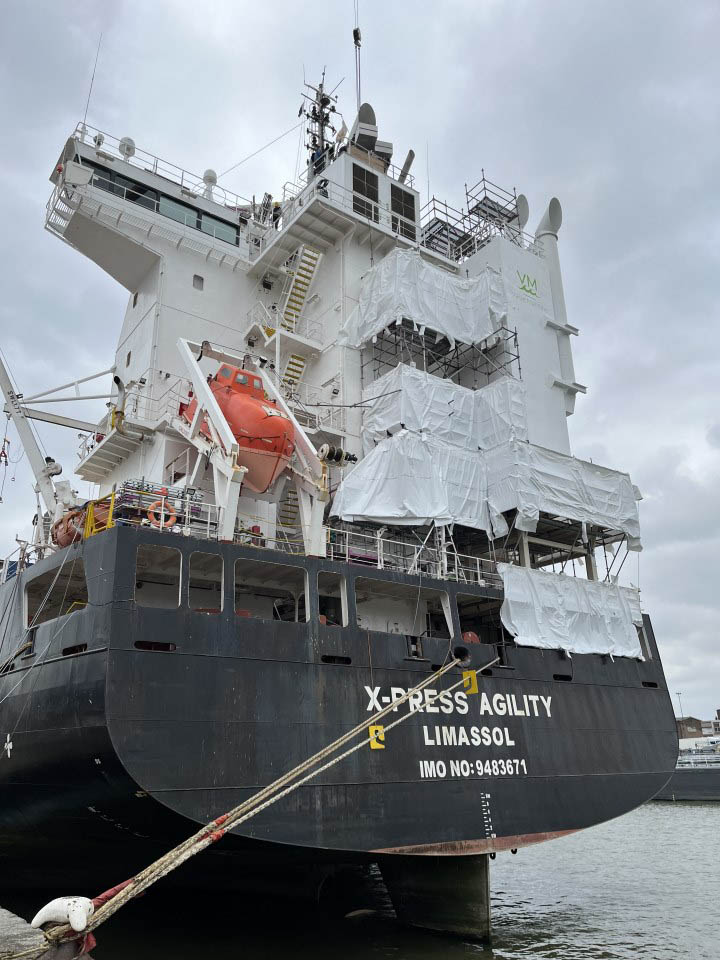
Emissions are an inevitable subject in shipping, and the roads to reducing greenhouse gas emissions are numerous and up to each company to find their way towards our common goal. Recently, we have investigated a method that captures CO2 before it is released into the air. We went to visit a company in Rotterdam that makes these CO2 capture devices to understand how they do it.
The company is called Value Maritime and they have developed an open loop scrubber with an optional module to capture CO2. So far, the CO2 modules have not been used because there is no economic incentive yet, but when the EU ETS comes into effect, the cost of capturing might be lower than buying the EU ETS allowances (Capturing costs about 75 EUR / tonne).
So how does it work? After the scrubber has washed the exhaust gases and the temperature has dropped, the fumes pass through an aftertreatment module where a liquid is injected to bond to the CO2. The liquid is then stored in a tank and can be offloaded to shore. This method is different from many other systems that liquefy the CO2 and require a lot of energy.
After the CO2 is stored in the liquid (generally about 30% of total emissions to be efficient), it will start its second life. It will be used in – and yes this is really happening – greenhouses. CO2 is an important ingredient for photosynthesis and adding more CO2 in the air helps growing vegetables like tomatoes or cucumbers. After the liquid has released all the CO2, it will be transported back to the ship for another round of CO2 capturing, working like a rechargeable CO2 battery.
